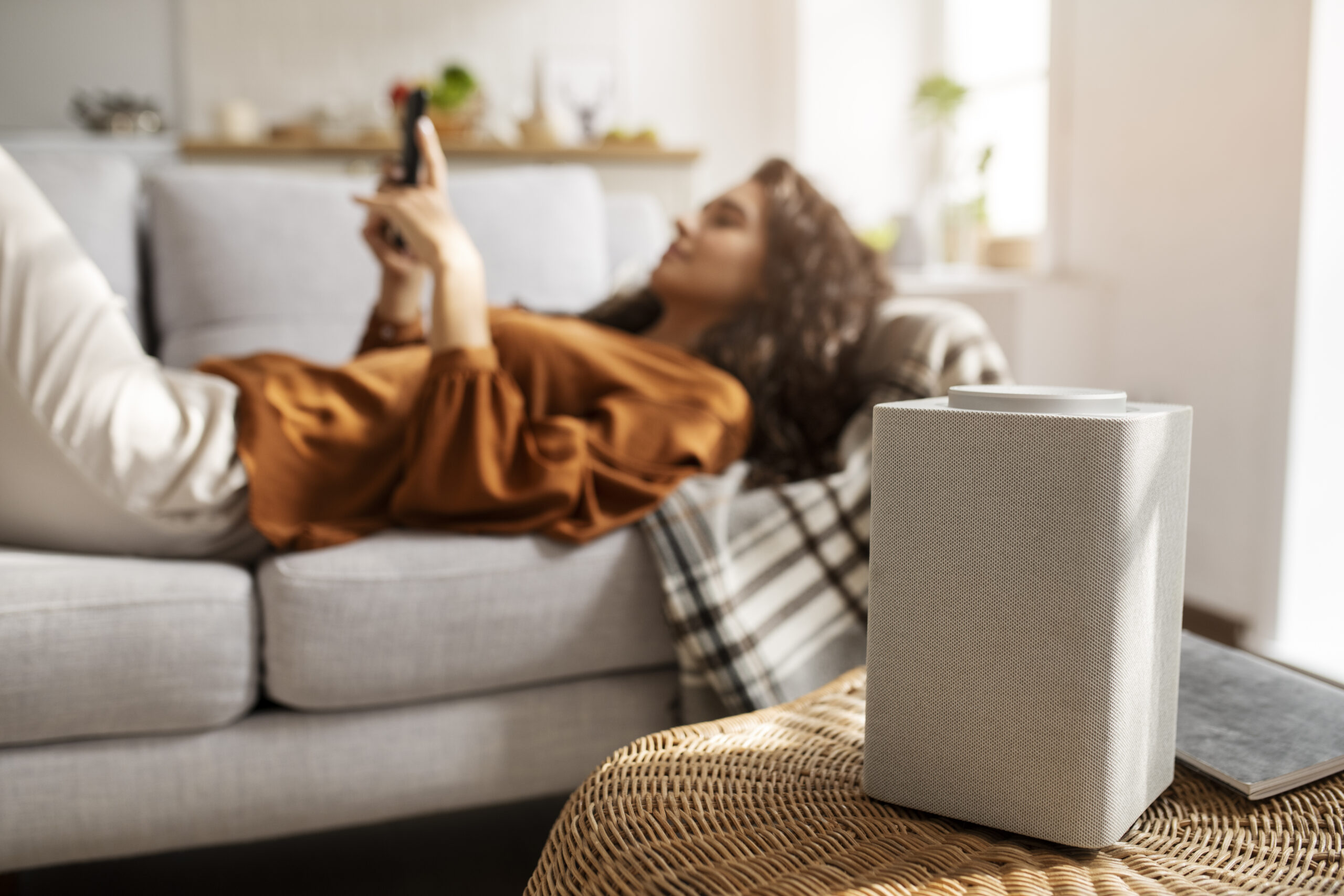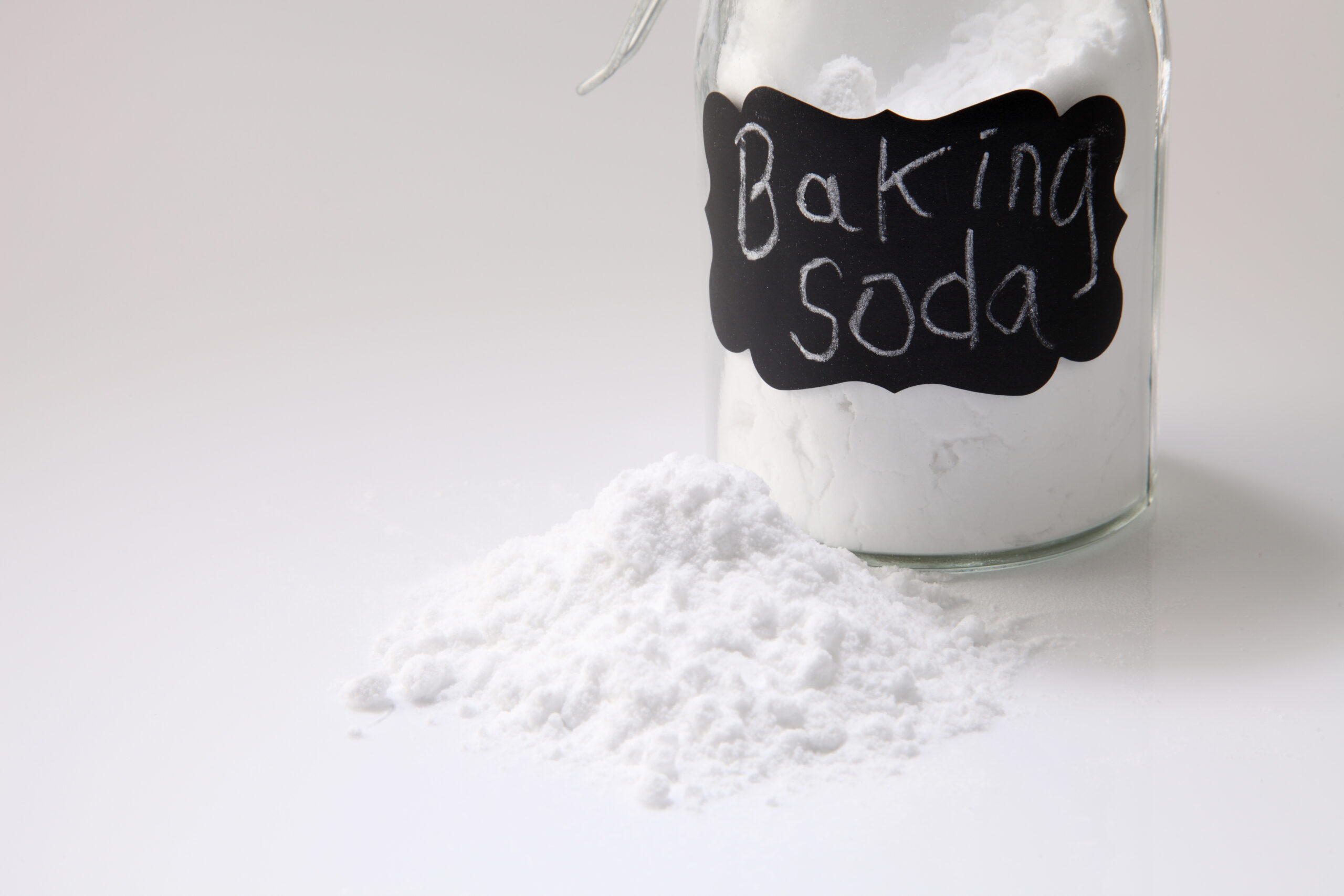- ACTIVITIES
60 Fun Sesame Street Trivia Questions for All Ages


Maintaining optimal humidity levels in your home is crucial for comfort, health, and the longevity of your property. Excess humidity can lead to mold growth, unpleasant odors, and even structural damage. Fortunately, there are several practical and effective ways to decrease humidity in your house. This guide will walk you through various methods, from using dehumidifiers to employing natural remedies, ensuring your indoor environment remains pleasant and healthy.
The first step in managing indoor humidity is selecting the right tools. Various devices can help control moisture levels efficiently, each with its unique advantages.
Air conditioners are not just for cooling; they also help reduce humidity by circulating and dehumidifying the air. To maximize this function, ensure your air conditioner is properly sized for your space and maintained regularly.
Dehumidifiers are specifically designed to remove excess moisture from the air, making them an excellent choice for high-humidity environments.
When choosing a model, consider the size of the area, the average humidity levels, and the model’s energy efficiency. A unit with a humidity level indicator can help you monitor and maintain optimal conditions.
For those seeking eco-friendly and cost-effective solutions, natural methods can effectively reduce humidity levels without the need for electrical devices.
Certain plants, such as Boston ferns and peace lilies, naturally absorb moisture from the air. Strategically placing these plants in humid areas can help reduce overall moisture levels.

Baking soda is a versatile household item that can also aid in reducing humidity. Its moisture-absorbing properties make it a simple yet effective solution.
Proper ventilation is key to managing humidity levels, especially in areas prone to moisture accumulation such as kitchens and bathrooms.
Exhaust fans effectively remove moisture-laden air from your home. Install them in high-humidity areas and use them during and after activities that generate moisture, like cooking or showering.
Managing humidity doesn’t have to be costly. Here are some budget-friendly strategies to keep moisture levels in check.
When using electrical devices like air conditioners and dehumidifiers, safety should always be a priority.
Even with the right tools and methods, you might encounter challenges in maintaining optimal humidity levels. Here are some common issues and solutions.
Consistent maintenance of your humidity control systems is vital for long-term effectiveness.
By implementing these strategies, homeowners can effectively decrease humidity in their houses, leading to a healthier and more comfortable living space. Whether using advanced technology or simple, natural methods, there are solutions suitable for every home and budget. Regular maintenance and proactive measures will ensure your home remains a sanctuary from the discomforts associated with high humidity.